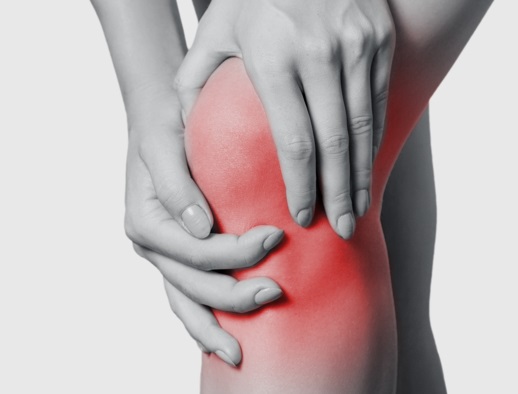Back in December 2012 I began experiencing intermittent sharp pain in my knee (backside of leg where the knee buckles) and it would last only a few seconds and then go away as if nothing happened. It happened at complete random, all detective work led nowhere, for all I knew someone could have been shoving a needle in a voodoo doll of me. Pain in the knee with occasional popping when walking may be a sign of soft tissue injury or fracture. The knee is a complex joint made up of bone, cartilage, ligaments and other soft tissues.
Knee extension is when you straighten out your lower leg from a bent position. “There may be difficulty straightening the knee all the way, and it may feel unstable with walking,” says Dr. “Degenerative joint disease – or osteoarthritis – of the knee can also present with pain only with walking,” though it won’t necessarily be what you’d describe as stabbing or sharp. Some knee pain is due to overstretching or excessive strain put on the ligaments and tendons of the knee, possibly by sporting exercise such as athletics or cycling. The ligaments and tendons can become overstressed, irritated and inflamed causing pain. A very common cause of this type of pain is a tear in the meniscal cartilage or surface cartilage of the knee. Pain at the front of the knee. Pain in the knee with occasional popping when walking may be a sign of soft tissue injury or fracture. The knee is a complex joint made up of bone, cartilage, ligaments and other soft tissues. Because of its involvement in walking, and wear and tear sustained in intense athletic activities, the knee is prone to injury.

- Intermittent leg pain or claudication is the pain or cramping that is felt in the lower part of the leg.
- The causes of claudication may be due to artery problems resulting in insufficient blood flow.
- While claudication does not seem to be an emergency condition, severe leg pain may need to be seen by physicians for proper diagnosis and treatment.

Occasional Knee Pain When Walking
People experience leg pain now and then. But when the leg pain you experience is a burning, throbbing, sharp, and causes you to limp, it might be an intermittent leg pain or as doctors call it — claudication.
Below are the signs and symptoms of the different conditions that cause claudication.
Cystic Adventitial Disease
For this disease, people may experience a sharp and shooting pain that comes and go and is not affected by activities.


A cyst forms in the leg, and it presses on the arteries resulting in abnormal blood flow. This condition can affect both arteries and veins in the legs.
Chronic Exertional Compartment Syndrome
The pain felt for this particular condition can be due to intense and repetitive exercises like running, biking, and swimming. Because these types of activities cause it, athletes are the ones who usually suffer from chronic exertional compartment syndrome. The pain can be felt in the calf muscles or lower legs during the activities and stops upon the stoppage of said activities.
Diabetic Neuropathy
A burning, sharp, and shooting pain characterizes diabetic neuropathy. In diabetic neuropathy, the nerves get damaged due to complications of diabetes. The leg pain might also be accompanied by the pain caused by the wounds and sores in the feet.
Sudden Knee Pain When Walking
Peripheral Arterial Disease
Pain In Knee After Walking
The most common cause of intermittent leg pain is peripheral artery disease (PAD). PAD occurs when arteries become narrow due to the build-up of cholesterol and fats in the walls of the artery. Other than leg pain, you can also experience numbness and heaviness in the leg muscles. Pain can also occur in the different parts of the lower body, such as the thighs, buttocks, calves, and feet. The pain subsides when you rest and gets worse when you walk or climb stairs.
Knee Pain When Walking Only
Popliteal Artery Entrapment Syndrome (PAES)
Occasional Knee Pain When Walking Crutches
PAES is a condition wherein the enlarged or improperly positioned muscles of the calf presses on the main artery found behind the knee. This condition is uncommon and only affects several people who do leg-related exercises. People who complain of such condition experiences cramping, numbness, and pain in the back part of the leg.
Treatment
You can treat intermittent leg pain at home by doing the following:
- Follow a diet that is good for your heart to avoid the risk of developing diseases that cause claudication. It is also beneficial to maintain your weight and blood sugar levels to prevent complications.
- Engage in activities and exercises that can lessen leg pain.
- Quit smoking as it is considered a significant risk factor for walking pain. Also, smoking can contribute to the blood clot that results in leg pains.
If the leg appears discolored, feels cold to the touch, or has no pulse, then you might need to see your doctor. Your doctor can assess the condition of the blood flow in your legs and can recommend medications. When medications are not sufficient, surgery will be an option to restore the blood flow.
Source: Healthline